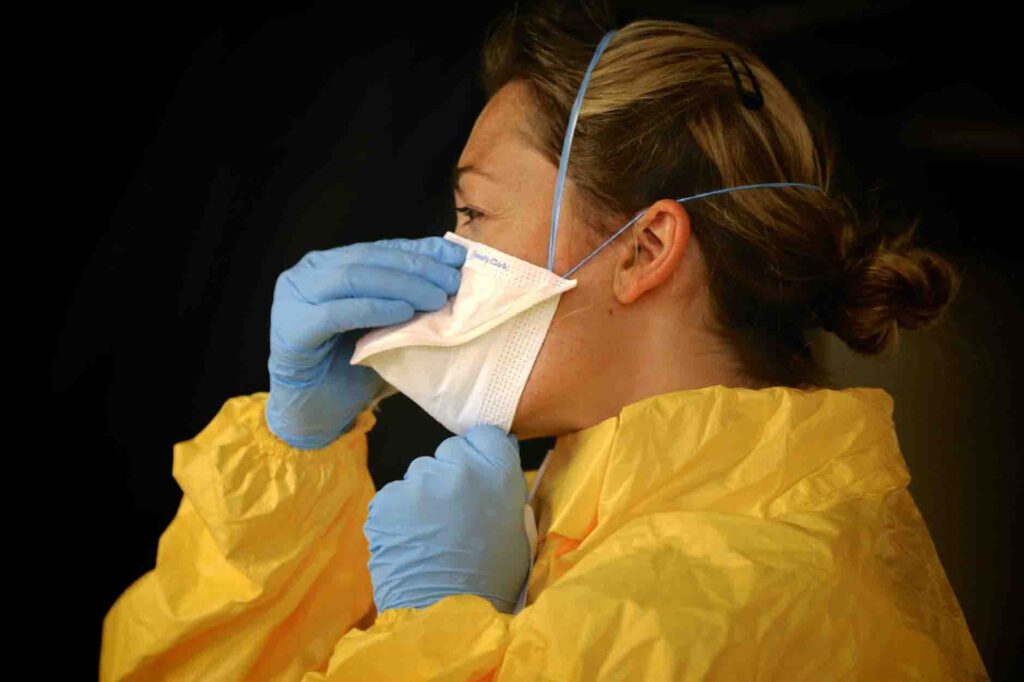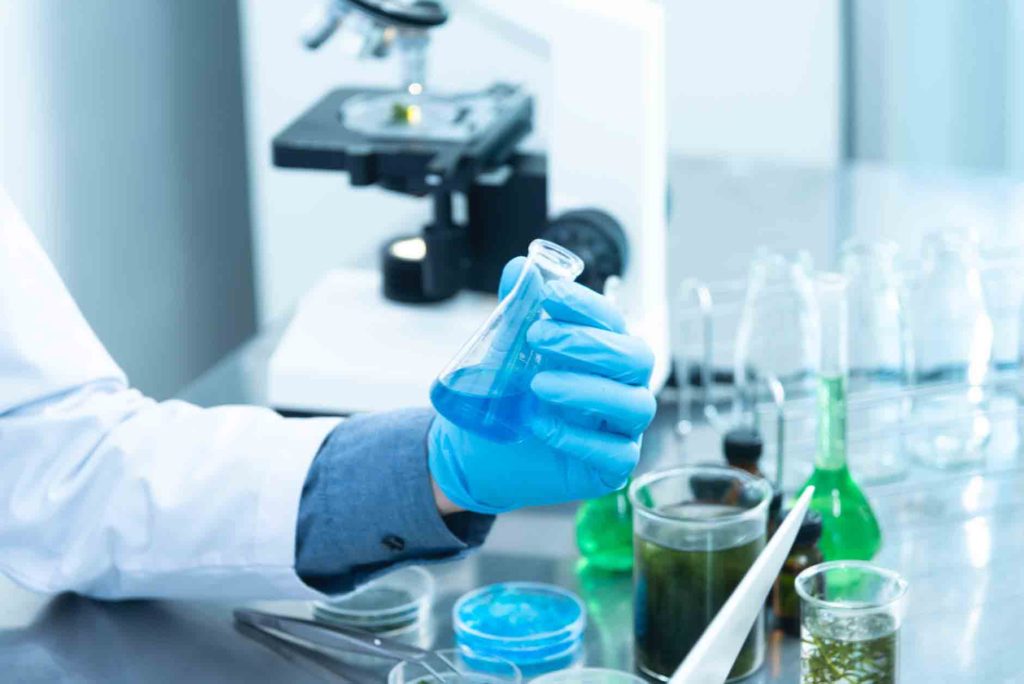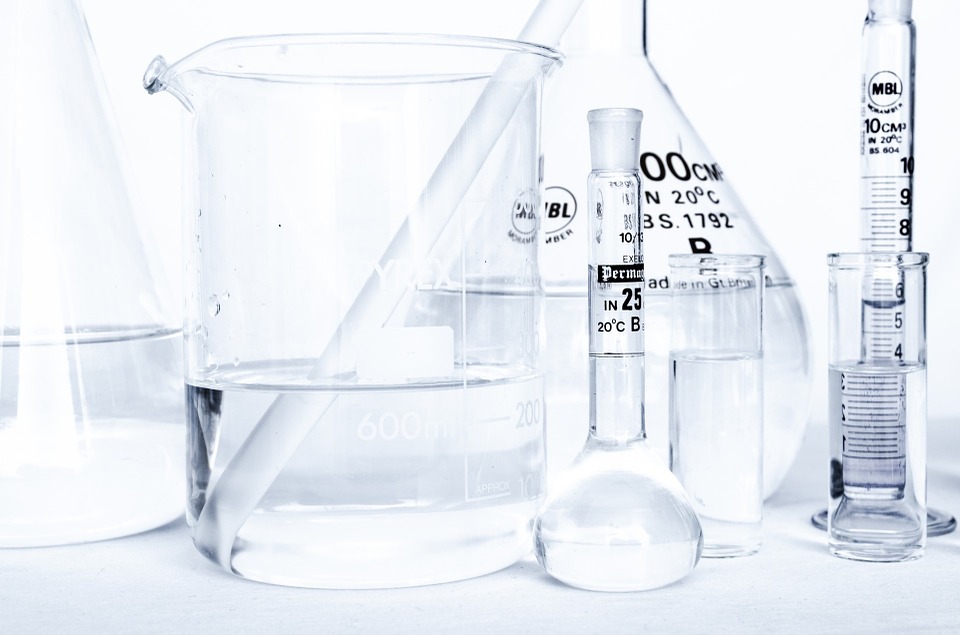Two focuses of my blog are STEM (Science, Technology, Engineering and Mathematics), and Health/Wellness. While a lot of important work gets done in research labs, there are a lot of potential health hazards as well. A major component of science is thus laboratory safety. The following contributed post is entitled, 3 Essential Practices To Stay Safe As A Laboratory Technician.
* * *
Safe lab practices are essential and shouldn’t be compromised on, as a lab is generally a hazardous place that requires utmost attention and a focus on protection. In 2019, 40% of lab researchers and technicians admitted to not wearing PPE at all times. The slightest error or lack of judgment can result in irreparable damage and even death. How can you ensure that your actions or inactions don’t put you or your colleagues at risk? Read further for details.
1. Proper storage containers

Due to the varied composition of solvents and other compounds, every chemical in the lab must be kept in appropriate storage containers. For example, it’s not recommended to store organic solvents in plastic containers. Acids should also never be stored in metal containers; neither should HF be kept in glass because it reacts with sodium silicate (the main component in glass) and causes it to corrode.
The reason for proper storage of these compounds and chemicals is to eliminate a hazardous reaction in a close unit such as a lab. It’s a safety measure to protect the lab technicians and others who work within the same space.
Furthermore, flammable chemicals must be handled with extreme precautions. That explains why most labs keep large volumes of such combustible substances in fire-rated cabinets. Lab handlers must also do well to keep acids and caustics apart; they must be placed in isolated cabinets or cupboards with plastic lining. The plastic acts as a buffer against any escaped vapor that may react with any metal element within the cabinet.
2. Quality waste disposal systems
As discussed in the previous list item, proper chemical storage is critical, and that flows into how these chemicals are disposed of as well. The approved method of waste disposal is to have them stored in safe non-reactive bins. An alternative is to use waste bins with a non-reactive inner lining. More importantly, every lab must invest in a hazardous waste removal service to comply with the United States legislation on Occupational Exposure to Hazardous Chemicals.
3. Protective garment usage in the lab

Known as Personal Protective Equipment (PPE), these refer to goggles, lab coats, nose masks, gloves, and any other garment intended for self-protection in a laboratory. This includes long pants and footwear that completely covers the lower body and feet. Because of the likelihood of spills and splashes within the lab, you’re better off protecting yourself from biological and chemical agents.
Did you know that some chemical spills on the body can start a chain reaction to developing cancer in the long term? These are substances known to have delayed carcinogenic effects in humans. For instance, medical research indicates that asbestos inhalation can cause lung cancer in the long term. In other instances, chemical inhalation can travel into the bloodstream and cause Leukaemia many years after initial exposure.
The lab environment is a critical area that demands utmost caution at all times. Without these safety measures, it’ll be even more dangerous to choose an occupation requiring physical presence in a lab.





